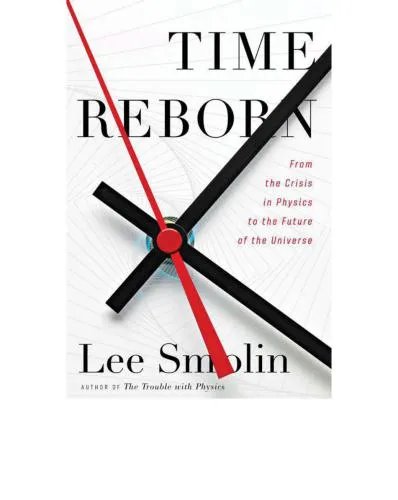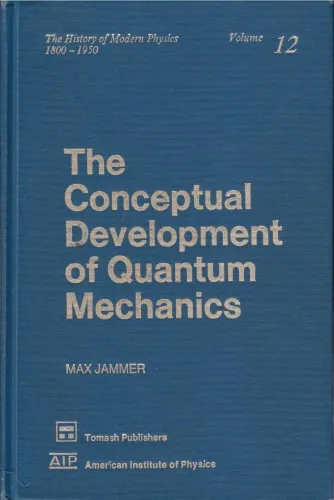The structure of scientific revolutions
4.5
Reviews from our users

You Can Ask your questions from this book's AI after Login
Each download or ask from book AI costs 2 points. To earn more free points, please visit the Points Guide Page and complete some valuable actions.Related Refrences:
The Structure of Scientific Revolutions: An Introduction
Thomas S. Kuhn’s groundbreaking work, "The Structure of Scientific Revolutions", challenged the prevailing conception of scientific progress. Originally published in 1962, the book redefined how we perceive the evolution of science itself. This text remains a foundational piece in the philosophy of science, known for introducing the concept of "paradigm shifts" as a key mechanism in the advancement of science. Here, we delve into a detailed introduction to this influential work.
Detailed Summary of the Book
The book is structured around the cycle of scientific development, proposing that scientific progress is not a linear accumulation of knowledge, but rather a series of revolutionary changes. Kuhn identifies phases including normal science, crisis, and the revolutionary shift in paradigms. During the 'normal science' phase, scientists work within an established framework or paradigm, solving puzzles without questioning the framework itself.
However, when anomalies arise that the current paradigm cannot explain, science enters a crisis stage, eventually leading to a paradigm shift. A 'scientific revolution' occurs when the framework is replaced by a new paradigm, which offers better explanations for the anomalies. This new paradigm, through its own normal science phase, continues until it later encounters unresolvable anomalies, perpetuating the cycle.
Key Takeaways
- Paradigm shifts are central to scientific progress.
- Scientific revolutions are non-cumulative and require rethinking past data within a new framework.
- The perception of scientific facts is influenced by the scientist’s cultural context and theoretical framework.
- Progress in science involves both rigorous adherence to existing paradigms and radical shifts when those paradigms can no longer accommodate emerging anomalies.
- Anomalies are a crucial aspect of scientific inquiry, as they challenge existing paradigms and instigate revolutions.
Famous Quotes from the Book
"The historian of science may be tempted to exclaim that when paradigms change, the world itself changes with them."
"Normal science does not aim at novelties of fact or theory and, when successful, finds none."
Why This Book Matters
Kuhn's work fundamentally altered the way we understand scientific advancement. By challenging the notion that science progresses solely through steady accumulation of knowledge, Kuhn illuminated the complex and often tumultuous nature of scientific progress. His concept of paradigms and their revolutionary shifts offered a framework for understanding the dynamic and transformative processes that have historically driven scientific inquiry.
Moreover, "The Structure of Scientific Revolutions" transcended scientific realms, influencing disciplines as varied as sociology, political science, and education. The implications of the book extend to understanding not just science, but the processes of learning, change, and development that permeate human pursuits and institutions.
For scholars and practitioners in the field of science and beyond, Kuhn’s insights provide a profound reflection on the nature of change and the evolution of knowledge itself. This work remains essential reading for anyone interested in the philosophy of science, the history of science, or the processes underlying intellectual advancements in any field.
Free Direct Download
You Can Download this book after Login
Accessing books through legal platforms and public libraries not only supports the rights of authors and publishers but also contributes to the sustainability of reading culture. Before downloading, please take a moment to consider these options.
Find this book on other platforms:
WorldCat helps you find books in libraries worldwide.
See ratings, reviews, and discussions on Goodreads.
Find and buy rare or used books on AbeBooks.
1649
بازدید4.5
امتیاز0
نظر98%
رضایتReviews:
4.5
Based on 0 users review
Questions & Answers
Ask questions about this book or help others by answering
No questions yet. Be the first to ask!














